7 MORE ergonomics tips that can save your career
Aching back? Cramped hands? These tips can help to ensure that you have a long and healthy career.
It’s no secret that working in a dental office can take a physical toll on your body. From cramped hands and painful wrists from holding dental instruments all day to back pain from leaning over patient after patient in the chair, hygienists feel the physical effects of their career choice almost every day.

Practicing proper workplace ergonomics can go a long way toward enjoying a long and healthy career. Are you using the correct type of chair in the operatory? Do your workouts incorporate moves that will help and not exacerbate your strained muscles? Are you doing stretches at night to alleviate back pain?
Related reading: 5 steps to a pain-free dental career
To make sure you’re well-informed when it comes to ergonomics, we compiled a list of the top seven ergonomics articles by our ergonomics editor, Dr. Bethany Valachi, PT, MS, CEAS, that we feel all dental professionals should read.
Click through the slides to see the tips.


Are right angles ... wrong?
What do many seated dentists have in common with a box? 90-degree angles; of the hips, knees and elbows. Why? At some point in the transition to seated dentistry, it was decided that the perfect position of the seated dentist should be with the body’s major joints at right angles. And it stuck, until recently.
Trending article: The top 5 pediatric trends of 2018
If you are sitting right now, the probability is high that you are seated in a chair with a flat seat. If so, don’t move your spine. Place one hand on your low back and feel the position of your lumbar spine. Without moving your hand, scoot to the edge of your seat so that your thighs slope downward. Did you feel the position of your lumbar spine change? If you are like most people, the spine moved from flat to a curved position.
Click here to read the full article.


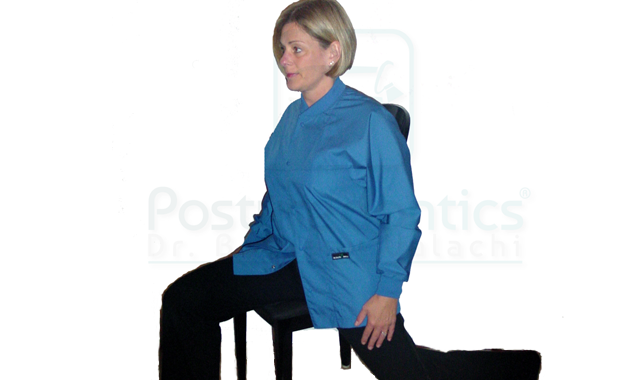
Trigger points and low back pain in dentistry
As a dental professional, you have probably already experienced trigger points, whether you know it or not!
More from the author: 6 awkward dental office situations - and how to deal with them
A trigger point is a group of muscle fibers that are in a constant state of contraction. It feels like a hard knot, and when pressed upon may be painful locally or refer pain to a distant part of the body. Trigger points may be active (painful) or latent (causing stiffness and restricting range of motion). Because they are caused by prolonged muscle contraction, postural asymmetry and mental stress, it is easy to see why trigger points are so common among dental professionals.
If allowed to persist untreated, some trigger points can cause compression on nerves and contribute to syndromes such as thoracic outlet syndrome or pronator teres syndrome (a carpal tunnel-type pain). Trigger points are often the cause behind “mysterious” pain syndromes that elude Western medicine practitioners.


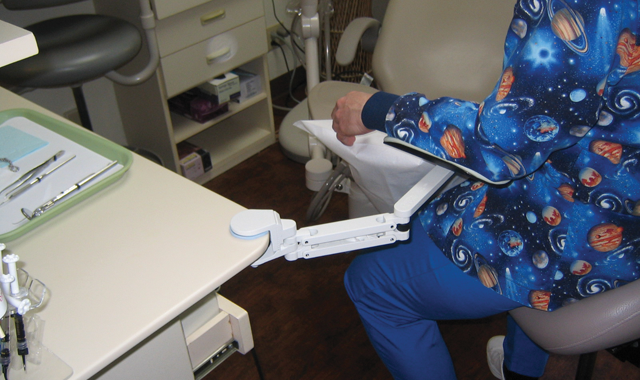
Armrests or no armrests?
From an ergonomic standpoint, your operator stool is the most important chair in the treatment room. Patients come and go, but you are there for the duration of the day, so proper and safe positioning of your body should be paramount. Dental stool models claimed to be "ergonomic" run the gamut from backrest with armrests, to backrest without armrests, to armrests without backrests, to no backrest and no armrests.
Trending research: Is wine a good mouthwash?
To add to the conundrum, there is a dearth of dental studies regarding the benefits (or lack thereof) of these two features on the health of the dentist. But what is certain from the literature, is that these features definitely have an impact on your health, so they deserve more in-depth evaluation.
Click here to read the full article.


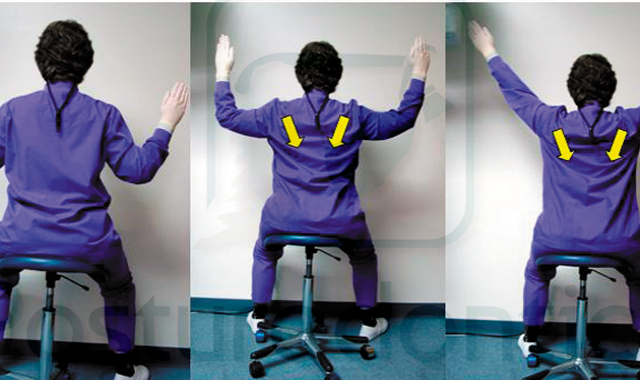
5 ways to counteract neck pain
Neck pain is the most prevalent musculoskeletal complaint among dentists. The interventions are numerous, and it can be a daunting task to figure out exactly where to start.
Related reading: How shoulder pain can cripple your dental career
Try these five strategies to put yourself on the road to wellness.


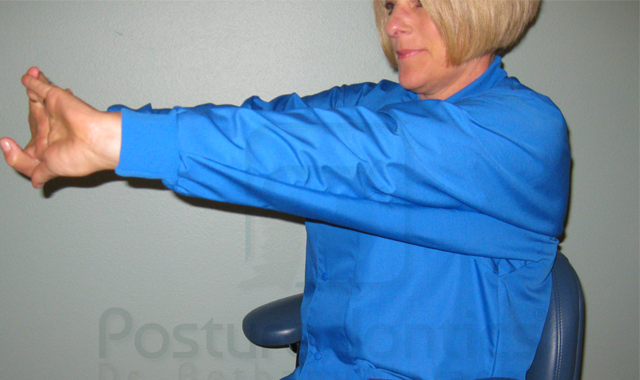
Resolving upper back pain in dental professionals
Myofascial pain syndrome is a little recognized diagnosis, but one of the most common causes of upper back pain. After ruling out what would seem the least likely (but is actually one of the most common) cause of upper back pain - scalene trigger points - one can turn one’s attention to the more obvious players.
More from the author: What dental professionals NEED to know about the opioid epidemic
These muscles are actually located in the same area as one feels pain: rhomboids, middle trapezius and lower trapezius. Symptoms of trigger points in these muscles include tightness, stiffness and ache in the shoulder blade or interscapular area. Pain is usually worst toward the end of the day. Sleep patterns can be disturbed, and bruxism is common. Of course, one should also rule out the non-musculoskeletal etiologies: gall bladder and pancreatic disease.
Recent research shows that these “stabilizing” muscles are hard-wired to your sympathetic nervous system, so they respond strongly to mental stress or anticipated stressful activities. When the fight or flight signal is received, they contract in anticipation of the life-threatening fight that (hopefully) never happens. The muscles are left in a contracted state and easily develop painful trigger points.


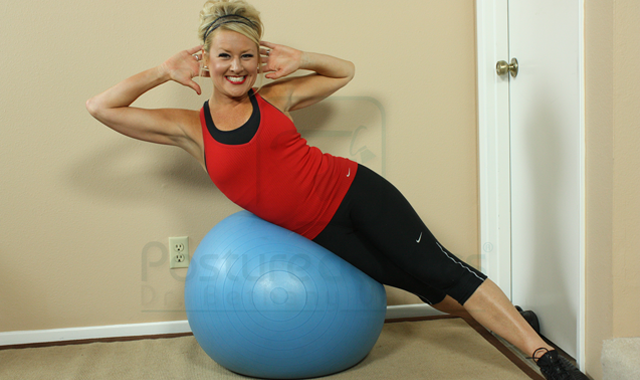
8 things dental professionals need to know about exercise
As I have discussed in previous articles, dental professionals are prone to unique muscle imbalances and require corrective exercise to prevent pain and injury and ensure a long career. Certain exercises that aren’t a problem for the general public can throw dentists into the ‘vicious pain cycle.’
Trending article: The medical history mistake every dental provider makes
The research on exercise is constantly evolving. Let’s take a look at some interesting exercise facts that dentists may want to consider when selecting an exercise program.
Click here to read the full article.


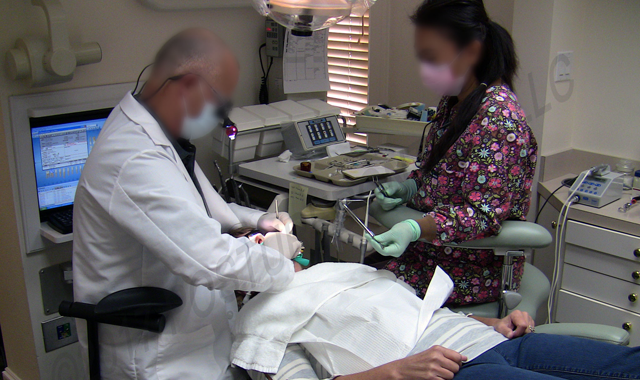
Delivery systems – Is yours delivering pain?
When one thinks of ergonomics, one often imagines the equipment we wear, hold or sit upon. The equipment that surrounds us can have just as great of an impact as the equipment that is in constant contact with our bodies. Delivery systems impact the operator’s body mechanics and can result in movement dysfunction and shoulder joint or lower-back problems.
Trending article: A day in the life of a dental hygienist
Each delivery system has its pros and cons and can profoundly impact the operator’s musculoskeletal health and productivity - either positively or negatively. Some are better suited to four-handed operatories, some to hygienist operatories, some work best for taller operators and others facilitate higher productivity. Understanding these differences can help you select the right system for your team.
